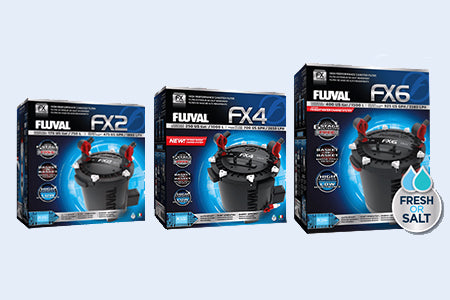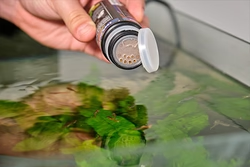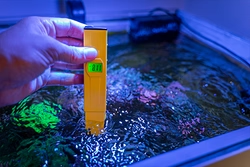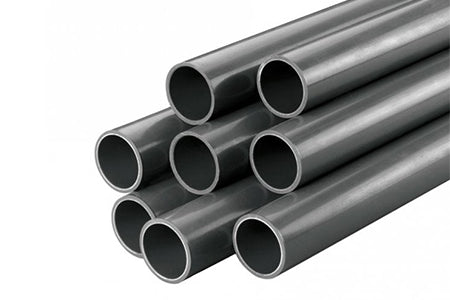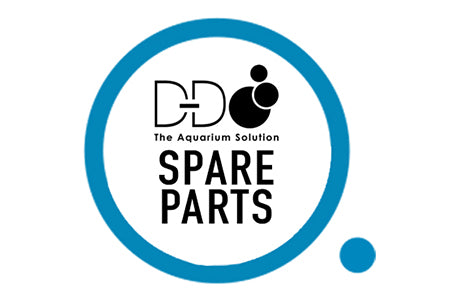Each frag is around 3cm. It is essential to be monitoring dKH, Calcium & Magnesium in order for this coral to thrive.
Acan echinata - A Care Guide
Acan echinata could very well be a GREAT addition to your aquarium. Our colonies and frags are collected from Australian waters and are available in a huge range of colours. This includes many eye watering colonies that will elicit pure coral-envy amongst fellow reefers! They are a relatively simple coral to keep as they are incredibly hardy with just a few differences to their popular relative Micromussa (Acan) lordhowensis. They prefer lower flow and light and will grow quickly in well maintained aquariums.
Feeding
To get the most out of Acan echinata, it is best to feed diligently. When feeding these corals, you’ll want to spray them with a trace amount of food (brine or particulate coral feed) to initiate their feeding response by displaying their feeding tentacles. Once these are present, you can target feed a variety of LPS specialist foods such as Vitalis/Easy Reefs LPS pellet. With regular feeding, these corals will keep their feeding tentacles out for most of the day eliminating the need to initiate feeding and increasing their overall health. Anecdotally colonies that behave in this way have the fewest health problems and are less susceptible to disease or infection. Frequent feeding also accelerates growth and recovery also providing evidence for better health.
Culturing and Spawning Propogating these corals can be a relatively easy prospect as they heal well from fragging. A pair of bone cutters will do the job or a Dremmel/wet tile saw if you fancy splashing out. Depending on your fragging experience, you may occasionally have to deal with a messy cut as it can be difficult to isolate groups of polyps. Once the corals have been fragged, you should dip them in a disinfectant such as iodide to avoid any bacterial infections arising and can assist in healing any damaged polyps from the cutting. If you see your coral receding post frag or from infection, it can be beneficial to continue dipping for a few minutes a day. You can take advantage of the way these corals grow by making your frags small. Polyps develop at the edge of the colony. A single polyp can quickly multiple as its surroundings are technically the edge of the colony! Making frags and sharing them amongst your fellow reefers is great for long term success rates of any coral. It’ll help in the long run of sustaining our hobby and any threat of population declines.
Top Tips
Acan echinata are particularly aggressive nocturnal predators and competitively extrude mesenterial filaments and can digest organisms within reach. Bear this in mind when deciding where to place your coral.Remember these are stony corals, they will require dosing and maintenance of basic elements such as alkalinity, magnesium and calcium in order to grow.Like all invertebrates, corals are sensitive at high levels of nitrites and have a low tolerance of copper based medications.
We recommend STABLE parameters of: dKH 9-10 Calcium 400-420 Magnesium 1320 - 1350








